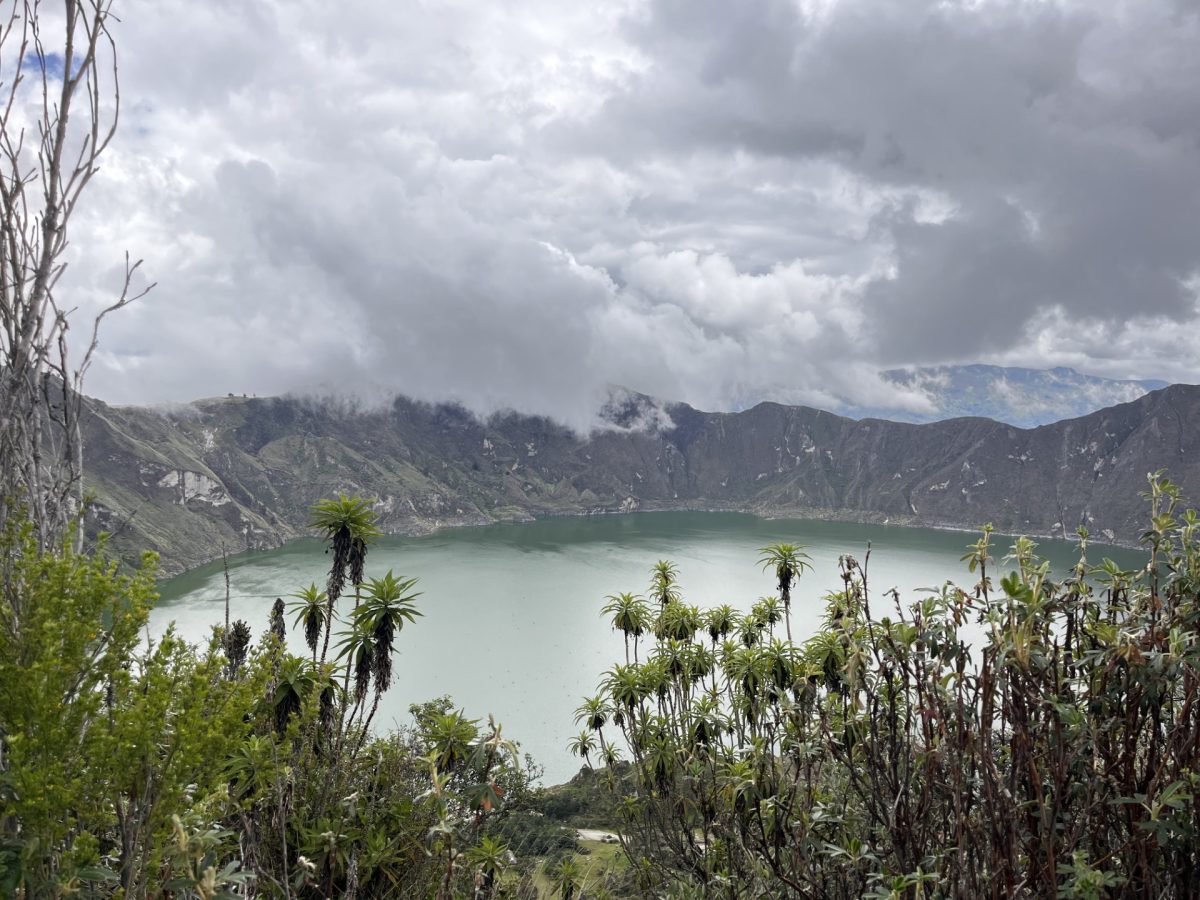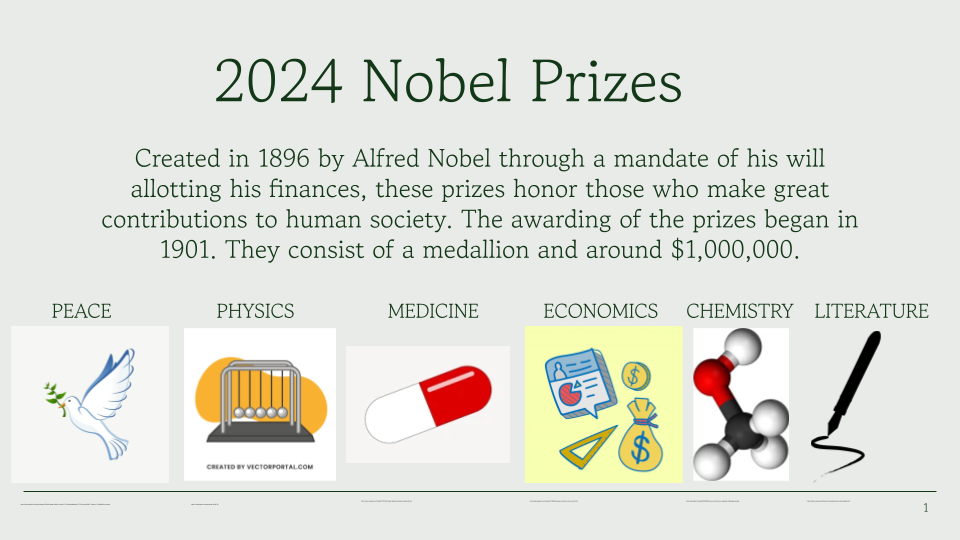2023 was a big year for space—the record for the highest number of launches globally was shattered, with 224 orbital launches last year compared to 2022’s previous record of 186. The United States also broke the record for most national launches, a record held by the Soviets since 1982. It can be hard to catch up on such an overwhelming number of important advances in space science and recent commercial launches, so here are some summaries and updates on a few of the most important events.
JUICE
JUICE (Jupiter Icy Moons Explorer) is a European Space Agency (ESA)-led mission to the system of Jupiter and its moons in an attempt to find planets other than Earth in our solar system capable of maintaining life. Launched on April 14, 2023, it began its approximately eight year journey to explore Jupiter, Callisto, Europa, and Ganymede while also conducting flybys of the Earth, Moon, and Venus on its way. All three moons JUICE is set to observe are speculated to contain subsurface oceans and thus, the possibility of life.
During its journey, JUICE will make a total of 25 gravity assists. In a gravity assist, a spacecraft essentially ‘slingshots’ itself around a large body such as a planet to get a large boost in velocity relative to the sun. By entering a body’s sphere of influence at a certain angle and leaving it along the trajectory of its motion around the Sun, a spacecraft can add a significant portion of its momentum to its own in reference to the Sun while having a net-zero change in velocity relative to the body. By utilizing 25 of these maneuvers, JUICE will greatly save on propellant and expenses, but also draws out the journey to Jupiter.
The launch of JUICE also served as the penultimate launch of the Ariane 5 space launch vehicle, with the final launch having taken place on July 5th. Ariane 5 is set to be replaced by Ariane 6 in June of this year.
Axiom 2
Axiom Space conducted its Axiom 2 mission about a year after its first, launching a four person crew to the ISS on May 21. Flying in a SpaceX Dragon crew capsule, the team participated in different forms of research onboard. Axiom 2 serves as another step forward to Axiom Space’s goal of establishing the first ever commercial space station as a successor to the ISS. The crew returned on May 30, after 126 orbits while on the station.
Euclid
Euclid is an ESA mission set to study our universe, how it originated, and the nature of dark matter and energy. Euclid is designed to create the most detailed images of extremely distant reaches of the universe. With its 10-billion lightyear range the telescope will be able to see into the distant past and create a model of the universe with respect to time to help see what dark matter and energy are and how they control the expansion of our universe. The telescope contains both a visible wavelength camera and a near-infrared camera. Using both of these instruments, it will be able to capture over a third of the sky to get pictures of billions of galaxies and other objects.
Zhuque 2
On July 11th, Zhuque-2 became the first methane-powered rocket to reach orbit. Developed by the Chinese aerospace company Landspace, the launch of Zhuque-2 after its initial failure in 2022 marks a very important milestone for the future of rockets by demonstrating the viability of methalox (a mixture of liquid oxygen and methane) propulsion over the usual kerosene or hydrazine, which are more environmentally damaging. Several other companies have been attempting the switch to the more environmentally friendly propulsion, including SpaceX, which uses methalox in its Starship’s raptor engines. As private space corporations begin to spread across the globe and continuously innovate, we could see many more reusable and eco-friendly rockets start to appear more frequently, such as Relativity Space’s 3D printed Terran R rocket.
Virgin Galactic
In August, Virgin Galactic completed its first tourist mission to the edge of outer space, a journey which only lasted a total of 10 minutes. After its first mission in June, this was the first mission from the company’s founding in 2004 to have tourists and, unlike Bezos’ Blue Origin, not exclusively celebrities or billionaires. After years of delays, this launch marks an important moment not just for spaceflight, but for hundreds of people who have been holding onto tickets for years.
Luna 25 and Chandrayaan-3
Russia’s Luna-25 lunar lander, an unmanned craft serving as Russia’s first moon mission in nearly 50 years, cut contact and crashed into the surface of the Moon on August 19. Known to be a risky endeavor from the start, Luna-25 was intended to land near the shadowy south pole of the Moon to collect samples and search for the presence of ice. Russia was in competition with India to become the first country to land around the lunar south pole, a very promising location for water. While Luna-25 crashed, India’s Chandrayaan-3 mission was a success, and its Vikram lander touched down near the pole only four days after the crash, making India the fourth country to land on the Moon. With the Vikram lander was the Pragyan rover to search for signs of solid water. No results have been announced yet in the search for water, a discovery that would be vital to sustaining astronauts on the Moon in the future.
Osiris REx
Osiris REx, launched back in 2016, finally returned to Earth bringing samples from the asteroid 101955 Bennu on September 26. The craft never actually landed—instead it dropped the sample off 63,000 miles from Earth’s surface during a flyby so that it could continue with its new mission of studying another near-Earth asteroid, 99942 Apophis. Osiris REx was the first U.S. mission to collect and return a sample from an asteroid when it made contact with Bennu in 2020. Bennu contains a large amount of water and organic molecules, possibly from when it broke off from a larger asteroid one to two billion years ago. Studying the samples from Bennu can provide insight into the earliest parts of our galaxy as well as information on how Earth could have come to have the elements it does. The samples will also be able to show what some of the earliest moments of the universe might have been like due to its age.
Soyuz
In December 2022, Russian craft Soyuz MS-22 sprung a coolant leak of unknown cause (likely the result of micrometeoroid impacts), leaving two cosmonauts stranded on the ISS. Two months after the incident, on February 23, MS-23 docked with the International Space Station to bring the cosmonauts home after their six-month extended stay, arriving with a teddy bear instead of crew. MS-23 was initially planned to bring up two cosmonauts and a NASA astronaut. However, the MS-22 leak delayed their mission. The stranded cosmonauts, Sergey Prokopyev and Dmitry Petelin, returned to Earth on September 27.
Starship
SpaceX’s Starship, the most powerful and massive rocket to be built (and now, to be launched) had two test launches in 2023. While both flights were considered unsuccessful, the second launch on November 18th did make it mere kilometers away from the Kármán line, the general border of where atmosphere meets space, before its “rapid, unscheduled disassembly.” While both tests serve as invaluable information for SpaceX, they are also significant setbacks to actually reaching space and getting approval to launch astronauts up to Mars and beyond in a reusable rocket.
2023 pushed the limits of spaceflight, further integrating commercial and national flights, opening the doors to tourism, demonstrating revolutionary new propulsion technologies, and commencing several unique science missions. While so many of these missions were so new to us this past year, they mark an exciting era and just may be the start of a new set of norms in spaceflight.





















